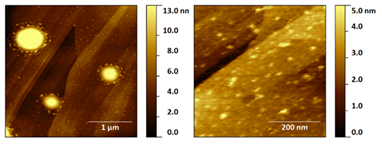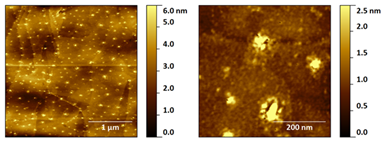Reports: DNI554763-DNI5: Direct Structural Characterization of Individual Asphaltenes Using Scanning Probe Microscopy and Interface-Sensitive Techniques
Shelley Claridge, PhD, Purdue University




Shelley Claridge, PhD, Purdue University




Reports in the ACS PRF Annual Report are published as submitted by the Principal Investigator.
Copyright © American Chemical Society